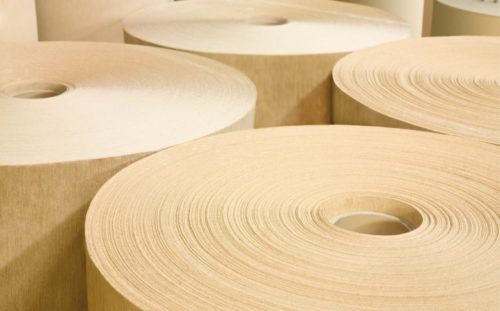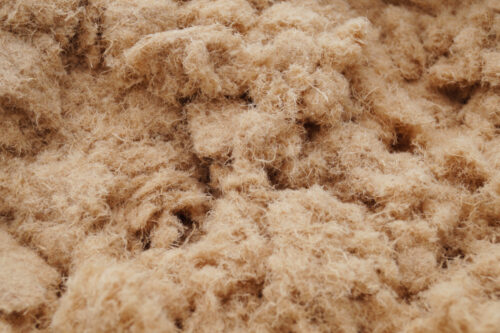Cellulose insulation has been used as solid insulation in power transformers for over 80 years. However, despite its sustainable credentials and excellent dielectric properties, cellulosic material for electrical applications has many challenges, mainly related to the degradation process.
17 November 2022
Cellulose Insulation Paper Testing: The Three Key Tests You Need to Know
IEEE Xplore’s ‘Determining the aging parameters of cellulosic insulation in a transformer‘ cites:

“The original properties of solid (cellulose) insulation in a transformer deteriorate under thermal stress. Decomposition products (gases and furanic compounds) are released, which can be detected in the oil. The degree of polymerization (DP) of the paper decreases, and with it the tensile strength (TS). In order to predict the life expectancy of paper insulation under working conditions, it is necessary to understand the degradation processes and measure aging parameters that can be used to calculate the life of the different paper types.”

Therefore, these papers must show acceptable thermal stability and mechanical strength achieved through high-quality pulps, optimized fiber length, and thermal upgrading to maintain and improve cellulosic insulation.
In addition, various tests designed to mimic the degradation processes are undertaken to predict the life expectancy of insulation papers.
Some of these tests, specified in the IEC 60641 and 60554 standards for electrical papers, are explained below.
1. Determination of Nitrogen Content
Nitrogen content tests are designed to quantify Nitrogen levels in thermally upgraded paper. Upgrading the papers gives them greater thermal resistance, therefore, slowing down cellulose degradation. This increases the insulation life and the lifetime of the transformer.
2. Determination of Strength
There is a range of tests that examine the mechanical properties of paper.
- Shear strength test – using heated aluminum plates, this tensile strength test ensures the paper reaches the minimum tensile value required and the strength of the bond between the paper and the aluminum plate.
- Tensile & elongation test – these tests are required to test for the mechanical properties of the paper. Strength tests for the paper are paramount prior to being installed in the transformer. The quality of raw materials can affect the strength properties of the paper. The raw materials need a high purity and low lignin content to enable the paper to have a long service life and slow aging in the transformer.
3. Determination of Ash, Conductivity & PH
The purpose of these tests is to test the purity of the products. Electrical products need a high purity, so electrical grades of pulp are purchased, which have an additional wash process. The purity (low lignin / dirt content) of the raw materials contributes to acidic conditions and moisture. In addition, the aging of the paper insulation contributes to the presence of furans in the oil, which increases the oil’s acidity and accelerates the aging process.
The Technical Laboratory Team at Weidmann carries out these tests and many more to ensure that the products comply with IEC/IEEE standards and meet the required quality levels expected by customers. Through its global network of laboratories, Weidmann provides vital laboratory services to help customers minimize risk and improve electrical system reliability.
Learn more about our laboratory services here.